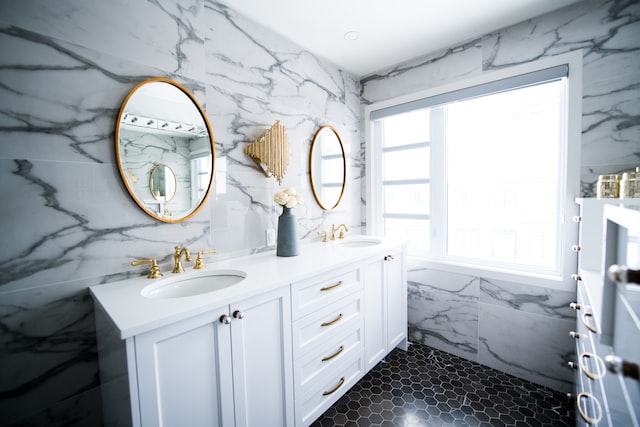5 Things to Consider Before Installing Tile in Your Home
If you’re contemplating the installation of tile in your home, it’s essential to consider all the available options before taking the plunge. There are many things to consider before installing tile in your home, and these considerations can help ensure that you’re happy with your choice years down the line and that you’re satisfied with your final result. Here are five things to consider before installing tile in your home.
1. A Professional Tile Installer vs. DIY
You have a few choices regarding tile installation in your home. You can hire a professional contractor or install the tiles yourself. While DIY installation can save you money on labor, it may not be worth the time and energy if you’re inexperienced with this project. A DIY installation might cost you more money in the long run if you’ve to re-do the job because of poor quality craft.
Tiling contractors are trained professionals who can visualize the desired results and know how to use specialized tools for the job so that they will get it right the first time. A pro of hiring a professional contractor is that they’ll be able to come up with the best solution for you, taking into account all aspects of your home and design. Hence, for people who consider the value of aesthetic appeal and quality of craft as their top priorities, it would be advisable to hire a professional tiling contractor like the Metro Tile Company and achieve the desired outcome at an affordable rate without hassle.
2. The Theme You Want to Achieve
Tiles come in various colors, patterns, and textures, so deciding on the style you want is best before shopping. If you don’t know where to start, think about what kind of mood you want your home to evoke; classic beige-and-brown tones may feel dated or formal, while jewel-toned tiles can create an energetic environment.
It’s crucial to align with your vision for the room, as this will determine the flooring choice and other design choices such as furniture, paint color, and decor. For example, if you’re creating a cozy living room with rustic furnishings and warm shades of yellow on the walls, try something like gray chevron tile that will bring that mood into the room without overpowering it with color.
3. Consider Your Budget
Deciding how much you’re willing to spend installing tiles is crucial. The project can be expensive, but there are ways around this. For example, the cost could be higher if you’re looking for something more high-end, such as marble tile. But if you’re looking for something a little more traditional and affordable, like ceramic or porcelain tile, you’re likely to spend less per square foot.
Other factors that play into the installation budget include labor costs, coverage area, materials needed, and anything else that may pop up along the way. Make sure you know what your exact budget will allow before moving forward with a purchase! Talking to a tiling contractor at this point should give you a better idea of how much your project might cost.
4. Know the Difference in Types of Tiles
If you’re considering installing tile, you must know the available types. You’ll be able to find ceramic, porcelain, and natural stone. The three have their characteristics. Ceramic is often seen as low-maintenance but will still show wear after a few years of use. Porcelain is more expensive than ceramic but doesn’t scratch easily and is easier to maintain. Natural stone tiles are durable and can be costly. However, they are worth the investment if you plan on living in your home for many years.
The maintenance involved with each type of tile differs significantly. Make sure you understand what kind of care each type needs before deciding which one to choose. Also, knowing whether you want flooring, countertop, backsplash, or wall tile may help narrow down your choices. If you know what type of tile you want, it’ll be easier to decide which ones will work best for your home and budget.
5. The Size of the Tile
Tiles come in different sizes. The choice of tile size may depend on your room size and how you want to decorate. For example, if you want a border around your bathroom or kitchen countertops, you will need a smaller tile to finish off the edge. If you’re looking for an ample floor space or wall to cover, you can use a larger tile, depending on your preferences. The tile size may also depend on the decorative patterns you are interested in.
For instance, a large plain tile is ideal for covering an ample floor space with little details like grout lines, while a sizeable mosaic tile would be perfect for a surface that needs more design detail. There are many options when choosing the right tile size, so take some time to think about which would work best in your home before making a decision!
Conclusion
Making an informed decision before spending on your tile installation project is crucial. You’ll want to install tiles reflecting the room’s style, personality, and creativity. However, working within your budget will ensure your project does not stall or go overbudget. Hiring an experienced tiling contractor will help you make a more informed decision about your project and achieve professional results.







